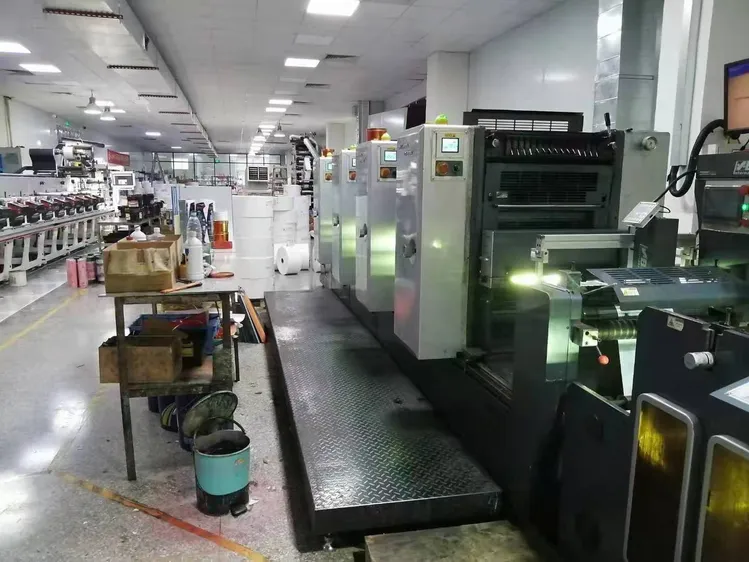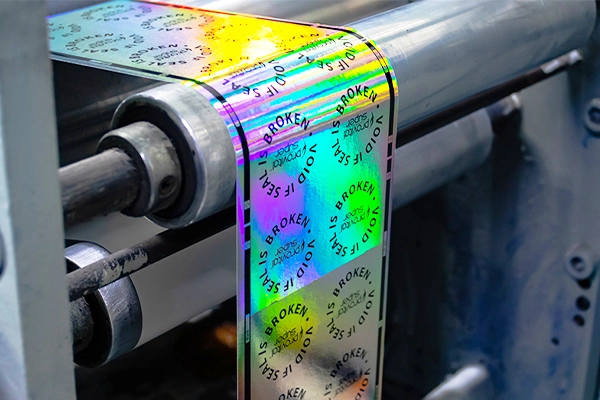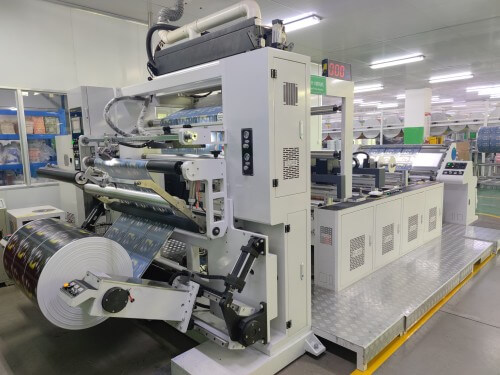In today’s world, the threat of counterfeiting poses significant challenges to businesses across various industries. The integration of mobile authentication in anti counterfeit printing has emerged as a powerful solution to combat this issue. By leveraging advanced technologies, companies can ensure the authenticity of their products, protect their brand reputation, and maintain consumer trust.
Counterfeit goods not only result in financial losses but also undermine consumer confidence. As businesses strive to safeguard their products, the implementation of mobile authentication methods in anti counterfeit printing becomes essential. This article explores how these technologies work and the benefits they offer to businesses.

Understanding Mobile Authentication
Mobile authentication refers to the use of mobile devices to verify the authenticity of a product. This process involves scanning a unique code or tag on the product packaging using a smartphone. The code is then checked against a secure database to confirm its legitimacy. This method not only provides a quick and easy way for consumers to verify products but also enables manufacturers to track and manage their goods effectively.
The Role of Anti Counterfeit Printing
Anti counterfeit printing involves the incorporation of security features into product packaging. These features can include holograms, watermarks, and special inks that are difficult to replicate. When combined with mobile authentication, these features enhance the security of products and make it easier to identify counterfeit items.
Benefits of Mobile Authentication in Anti Counterfeit Printing
The integration of mobile authentication in anti counterfeit printing offers numerous benefits to businesses, including:
- Enhanced Security: By using advanced technologies like QR codes and NFC tags, companies can create robust security measures that are hard to duplicate.
- Consumer Trust: Providing a simple way for consumers to verify product authenticity builds trust and encourages brand loyalty.
- Cost Efficiency: Implementing mobile-based solutions can reduce the need for expensive traditional security measures.
- Real-Time Tracking: Mobile authentication allows for real-time tracking of products, enabling better inventory management and supply chain transparency.
Implementing Mobile Authentication in Anti Counterfeit Strategies
For businesses looking to incorporate mobile authentication into their anti counterfeit strategies, several steps should be considered:
- Assess Your Needs: Determine the level of security required for your products and choose the appropriate authentication methods.
- Select the Right Technology: Choose technologies that align with your business goals and are compatible with your existing systems.
- Educate Consumers: Provide clear instructions on how to use mobile authentication to verify product authenticity.
- Monitor and Update: Continuously monitor your systems for potential threats and update your security measures as needed.
Case Studies: Successful Implementations
Several companies have successfully integrated mobile authentication into their anti counterfeit printing strategies. For example, luxury brands have used QR codes and NFC tags to protect their products from counterfeiters. These technologies not only safeguard their products but also provide valuable data on consumer behavior.
Another example is the pharmaceutical industry, where mobile authentication is used to ensure the safety and authenticity of medications. By scanning a code on the packaging, consumers can verify the legitimacy of their purchases and avoid counterfeit drugs.
The Future of Mobile Authentication in Anti Counterfeit Printing
As technology continues to evolve, the potential for mobile authentication in anti counterfeit printing will expand. Innovations such as blockchain technology and AI-driven analytics hold promise for enhancing security measures and further reducing counterfeiting risks.
Businesses that stay ahead of these trends and embrace new technologies will be better equipped to protect their products and maintain consumer trust. By investing in mobile authentication solutions, companies can ensure the integrity of their products and secure their brand reputation.
Conclusion
In conclusion, the integration of mobile authentication in anti counterfeit printing represents a significant advancement in the fight against counterfeiting. By leveraging these technologies, businesses can enhance product security, build consumer trust, and improve supply chain transparency. As the landscape of counterfeiting continues to evolve, staying informed and adopting innovative solutions will be key to maintaining a competitive edge.
For more information on anti counterfeit printing techniques, you can visit Anti Counterfeit Printing for Beginners.

FAQs
What is mobile authentication?
Mobile authentication involves using smartphones to verify the authenticity of a product through codes or tags scanned against a secure database.
How does anti counterfeit printing work?
Anti counterfeit printing incorporates security features such as holograms and special inks into packaging to prevent replication and counterfeiting.
What are the benefits of mobile authentication in anti counterfeit printing?
Benefits include enhanced security, consumer trust, cost efficiency, and real-time product tracking.
For more details on how anti counterfeit printing can benefit your business, you can explore this patent link.
This article contains affiliate links. We may earn a commission at no extra cost to you.







